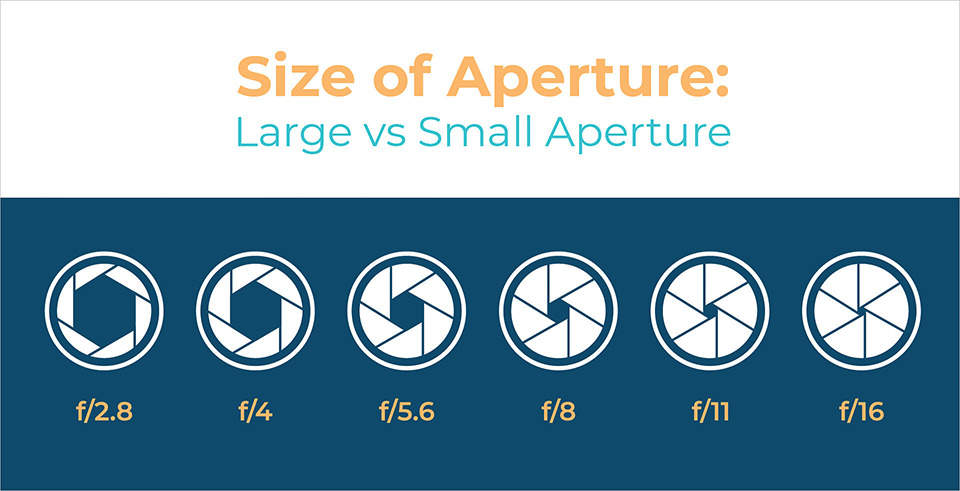
Image stabilization lets you take photos at slower shutter speeds than would otherwise be possible. (Note that image stabilization is Canon’s term, while Nikon calls this vibration reduction.) Some kit lenses also have another useful feature: image stabilization.

But by sticking with the short and long end of the lens, you will learn how those focal lengths behave.Īfter all, lenses are the “eye” of your camera system, and your photos will improve as you learn the characteristics of each focal length. That doesn’t mean you can’t use the middle focal lengths, and there are times when you can’t avoid them. The 55mm end makes for a short telephoto lens, ideal for compressing perspective when taking portraits or closing in on small details. The 18mm is a moderate wide-angle lens that is great for landscapes, architecture, and environmental portraiture. If you have a kit lens that ranges from 18mm to 55mm (the standard kit lens focal length), then treat it as an 18mm lens and a 55mm lens in one body.

So how do you get the best out of a kit lens? My approach is to think of it as two lenses in one. My Canon 18-55mm wasn’t the world’s best lens, but it was good enough to get me started (and the Practical Photography article was a turning point for me because it helped me believe I could make it as a writer).
#Focal pro aperture choice how to
You’ll be surprised by what you can do with your kit lens once you know how to get the best out of it.Īnd several more of the photos were published in other photography magazines. If you’re in a position where you can’t afford to buy another lens, or you simply just don’t know which lens to buy, don’t sweat it. No matter what anyone says, or how much you lust after expensive glass, your kit lens is a great way to get started with serious photography.
A kit lens will get you started, and you can buy other, better-quality lenses when you outgrow it.īut if kit lenses are cheap, does that mean you should go out and buy a better lens straight away? Most kit lenses are, by nature, inexpensive (a polite way of saying cheap).Īnd that’s understandable – manufacturers are in competition with one another and they keep the prices of their camera bundles down by creating inexpensive kit lenses. I’m also going to give you a few quick tips for working with an 18-55mm lens. I’m going to show how a kit lens, despite its shortcomings, can get you stunning images (and I give plenty of examples along the way!). That’s what I aim to address in this article.
#Focal pro aperture choice upgrade
If you’re like most photographers, your first “serious” camera came with a kit lens, probably a standard, 18-55mm option.īut is a kit lens worth keeping? Is it capable of taking great images? Or should you immediately upgrade to a more expensive option?


 0 kommentar(er)
0 kommentar(er)
